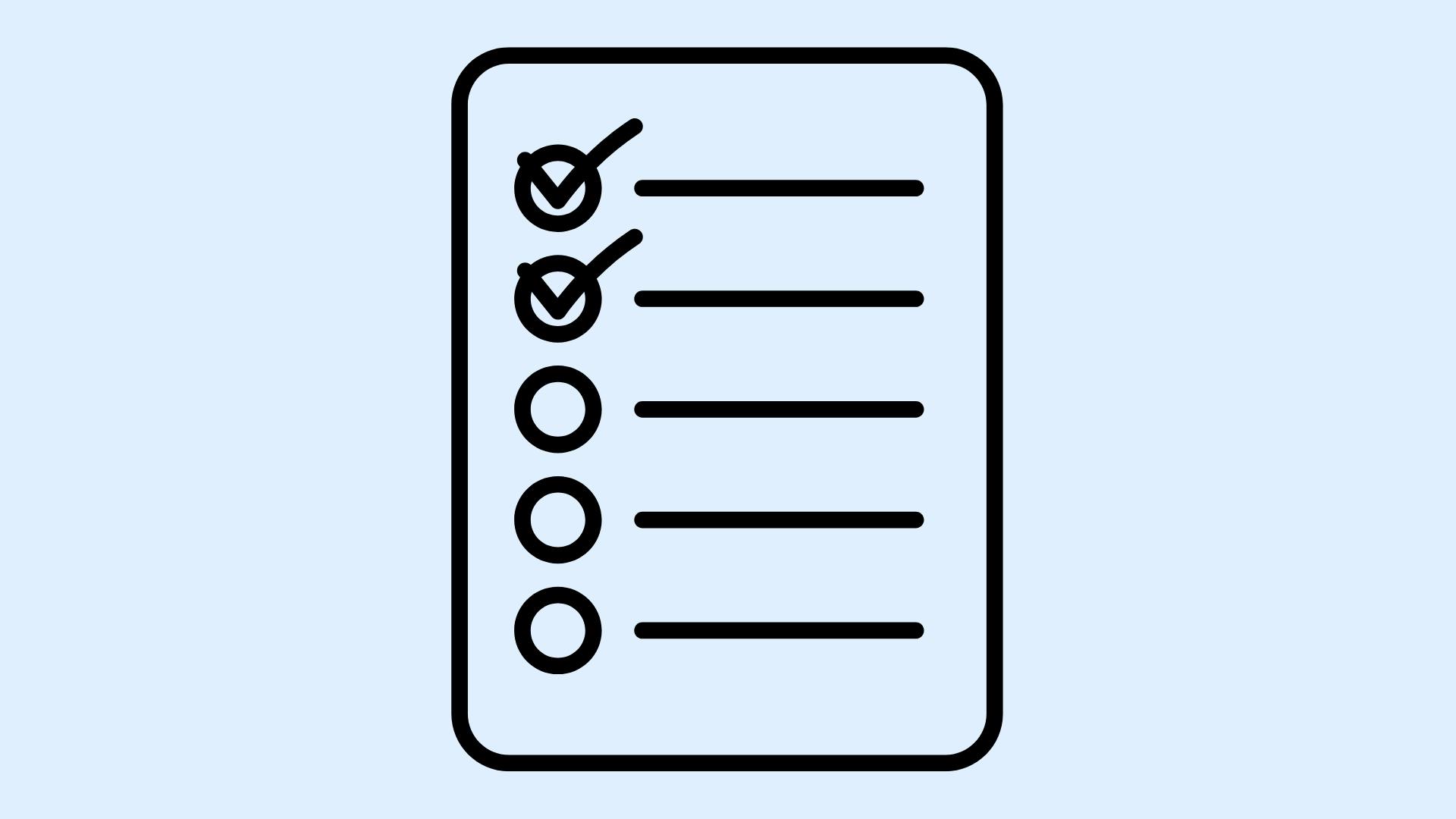For mental health professionals, therapy doesn’t end when the session ends.
In many ways, it continues through clinical documentation, especially in how we reflect, assess, and guide future interventions.
While much attention is given to progress notes and billing-ready formats, psychotherapy notes hold a distinct, protected role in the documentation landscape.
This guide unpacks the psychotherapy progress notes template, including how it differs from progress notes, what it should include, and how to maintain legal and ethical standards.
You'll also find examples, use cases, and practical guidance for maintaining effective, compliant documentation.

What Are Psychotherapy Notes?
Psychotherapy notes, also referred to as private notes or process notes, are personal observations written by the therapist that reflect on the clinical process. Unlike mental health progress notes, they are not part of the formal medical record and are given additional protection under HIPAA.
Psychotherapy notes typically include:
- Observations about client's behavior or emotional shifts
- Reflections on client's emotional state
- Hypotheses about therapeutic themes or countertransference
- Commentary on treatment goals or unresolved dynamics
- Intuitive insights that support future sessions
- Reactions to difficult topics like self doubt, trauma, or work stress
Psychotherapy Notes vs. Progress Notes
Both types of documentation serve distinct purposes in therapy. Here's a breakdown to help you understand when and how to use each:
Feature | Psychotherapy Notes | Progress Notes |
|---|---|---|
Purpose | Therapist’s personal reflections and clinical impressions | Formal record of care and treatment |
Stored with client chart | No — kept separate from the medical record | Yes — part of the official health record |
Includes diagnosis, interventions, or risk assessment | No — avoid clinical or billable data | Yes — includes diagnosis, interventions, follow-ups |
Used for internal reflection | Yes — captures insights, countertransference, emotional themes | Rarely — more objective and task-focused |
Used to track clinical progress | Sometimes — in long-term or complex cases | Yes — regularly used to monitor and adjust treatment |
Shared with others or insurers | No — not shared or audited | Yes — may be reviewed by supervisors, insurers, or legal teams |
Legal/insurance documentation | No — not used in claims or court (unless subpoenaed) | Yes — often used in audits, legal cases, or billing |
Includes subjective impressions or intuition | Yes — free to include emotional reactions or hypotheses | Occasionally — but typically kept objective |
Format required | No — can be unstructured or template-based | Yes — often follows SOAP, DAP, BIRP, or other clinical templates |
In short:
Use progress notes for compliance, billing, and clinical tracking.
Use psychotherapy notes for personal clinical insight and therapeutic reflection.
When Should You Use a Psychotherapy Notes Template?
While there’s no mandated format for psychotherapy notes, using a consistent documentation style can help you retain key emotional and clinical insights across sessions.
You might choose to use a psychotherapy notes template when:
- You're engaged in long-term therapy where tracking emotional patterns is valuable
- You want to document themes or reactions that don’t belong in progress notes or billing records
- You're reflecting on moments of resistance, silence, or emotional shutdown during a session
- You observe transference, countertransference, or internal reactions worth exploring
- You’re planning for how to approach sensitive topics in future sessions
Rather than using structured formats like SOAP or psychosocial assessments, psychotherapy notes work best with flexible templates that support clinical reflection, not formal reporting.

Key Elements of a Psychotherapy Notes Template
Your private notes should document critical details like shifts in affect, internal reactions, or emerging themes, especially when clients are exhibiting signs of regression, trauma responses, or emotional shutdown.
While less structured than progress notes, your psychotherapy notes can still follow a flexible therapy note template. Here’s what to include:
- Session details (date, client initials or ID, session #)
- The client presents with a pattern or emotional theme
- Client's response to sensitive interventions
- Reflections on objective observations and internal reactions
- Hypotheses or notes for supervision
- Planning prompts for the next appointment
Avoid including identifiable details or billing codes, and store them separately from your mental health progress notes.
Sample Psychotherapy Note
Here’s an example using an unstructured yet organized format. This is not a progress note template but rather a private note written after the session.
Client ID: 3094-Z
Session #: 10
Date: July 25, 2025
Setting: Telehealth
Client appeared fatigued at the beginning of the session. During discussion of their ongoing conflict at work, they shared a recurring thought pattern of self-blame. I introduced the idea of cognitive restructuring as a possible future intervention. The client seemed open but uncertain.
Client's behavior became more defensive when exploring vulnerability. Client reported feeling overwhelmed but rationalized their emotions quickly. May need to introduce relaxation techniques next session to help regulate before deeper work.
Will explore the dynamic again next session and monitor for signs of dissociation or avoidance. Possible link to childhood coping mechanisms.
Should You Use a Structured Format?
If you find unstructured reflections inconsistent, explore different templates to find one that supports both clarity and consistency. Even in informal documentation, using a standardized format can help you track what matters most across sessions.
Example: Minimal Template
- Summary: What stood out in the session
- Internal Reflection: Emotional reaction or clinical uncertainty
- Future Plan: Direction for future exploration or coping skills
This helps ensure you’re not just journaling, but capturing relevant information for treatment goals and deeper insight.
Ethical & Legal Considerations
Psychotherapy notes are protected, but only if you:
- Keep them separate from clinical documentation used for care
- Do not include them in insurance claims or soap notes
- Label them as “Not Part of Medical Record”
- Comply with your licensing board and ethical standards
If you've included clinical observations like “client appeared anxious” or assessment details in your progress notes, don’t repeat them in your psychotherapy notes. Keep the two distinct.
How Do Psychotherapy Notes Support Treatment?
Used effectively, psychotherapy notes can help therapists:
- Reflect on client's progress between sessions
- Prepare for emotionally complex clinical scenarios
- Support mindfulness techniques and intentional tracking
- Build consistency in long-term cases without over-documenting
- Revisit emotional themes, triggers, or recurring thoughts
They support depth, not just saving time, but improving therapeutic attunement.
Best Practices for Effective Therapy Notes (Private Use)
- Keep notes short, focused, and secure
- Avoid diagnostic or assessment section content
- Store outside your EHR or use digital notes with encryption
- Do not duplicate content from therapy note templates used in charts
- Revisit notes regularly to track progress and therapeutic direction
Real-Life Scenarios
Scenario 1: Cognitive Avoidance
Client verbalized confidence, but objective observations revealed tension and short responses. Consider documenting internal reaction and exploring whether emotional processing is being bypassed.
Scenario 2: Attachment Conflict
After discussing family, the client's emotional state shut down abruptly. Note personal reaction and consider exploring in the next session.
Scenario 3: Transference & Countertransference
Client was late for the last session and blamed external issues. Felt frustration arise. Noted as potential countertransference issue- may bring to supervision.
Frequently Asked Questions (FAQ)
Q: Are psychotherapy notes required by law?
A: No. Unlike progress notes, they are not required—but are useful.
Q: Can I keep psychotherapy notes inside my EHR?
A: No. Store them outside your formal record system, unless the system supports private notes.
Q: Can clients access their psychotherapy notes?
A: Generally no, unless required by law or through subpoena. Check your local legal issues and privacy regulations.
Q: Do I need to follow a specific note format?
A: No, but using a consistent documentation style like a free-form therapy note or light template example is recommended.
Q: Should I write psychotherapy notes for every session?
A: Only if they help you reflect or prepare for the next appointment.
Q: Can I use psychotherapy notes in court?
A: Rarely. Because they are subjective and protected, they are not typically admissible unless part of a subpoena or forensic evaluation.
Resources
- American Psychological Association – Record Keeping Guidelines
https://www.apa.org/practice/guidelines/record-keeping - HIPAA – Psychotherapy Notes Guidance
https://www.hhs.gov/hipaa/for-professionals/privacy/guidance/psychotherapy-notes - National Association of Social Workers – Documentation Ethics
https://www.socialworkers.org - SAMHSA – Confidentiality in Behavioral Health
https://www.samhsa.gov - Top CPT Codes: Cheat Sheet and Examples
HIPAA-compliant AI Progress Notes and CPT Codes Guide
Final Thought: Not all therapy notes need to be formal. By creating space for internal reflection through a thoughtful psychotherapy notes template, you equip yourself to grow as a clinician, support deeper healing for clients, and stay aligned with both ethical standards and best practices for mental health professionals.

